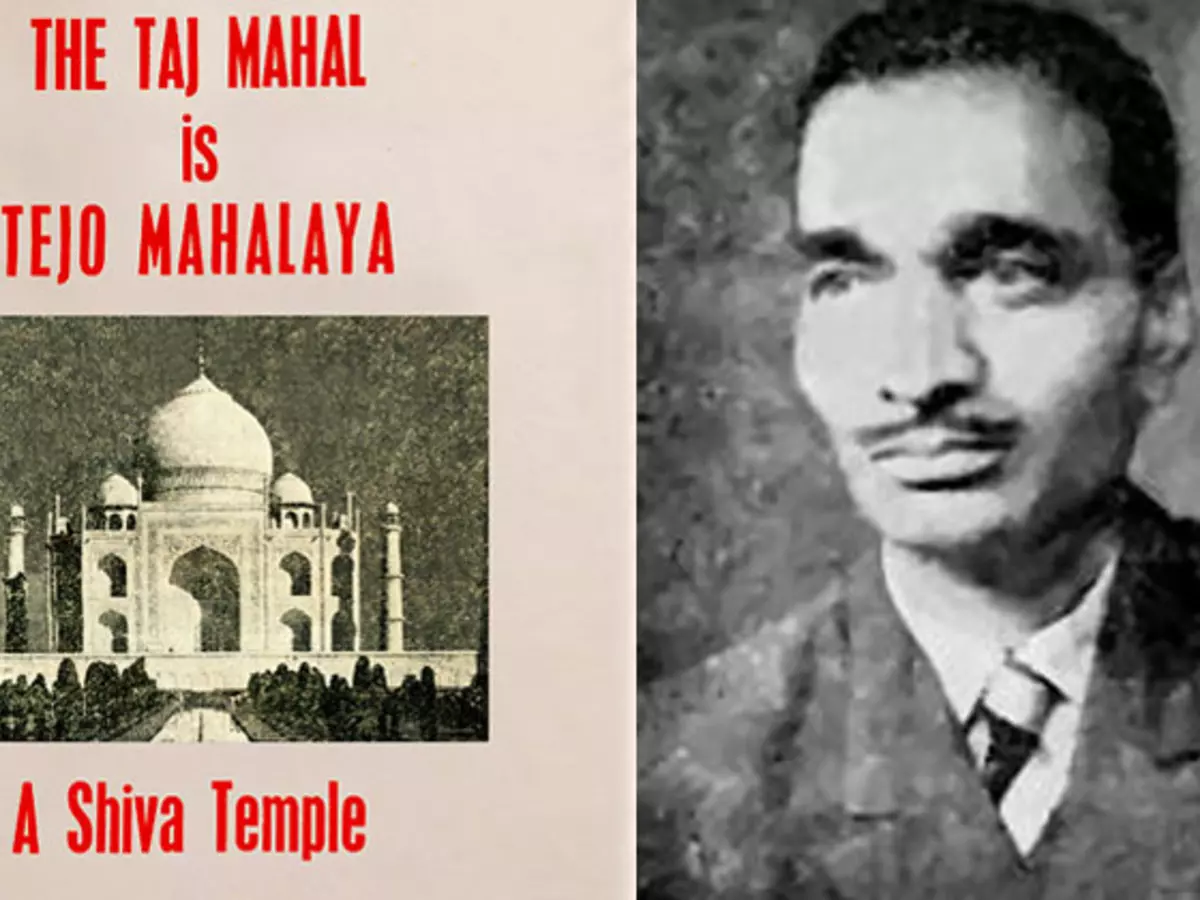The Man Who First Called Taj Mahal, 'Tejo Mahalaya', Also Said Christianity Is 'Krishna Neeti'
PN Oak.

While the rest of the world may consider the Taj Mahal, a celestial teardrop on the cheek of time, the monumental building has become an object of political grappling, particularly in recent time.
With BJP governments both at the Centre and the state of UP where the Taj Mahal is located are adamant to prove that it was the shrine to Lord Shiva called Teja Mahalaya, the rest look to the conventional narratives associated with the Taj.

If Yogi Adityanath-led UP government¡¯s decision to remove Taj Mahal from UP tourism booklet in September is taken into light spirit, BJP leader Vinay Katiyar¡¯s statement calling it Tejo Mahalaya is certainly bound to raise many eyebrows.
But have you ever wondered where this term ¡®Tejo Mahalaya¡¯ came from?
Yes, the genesis of the origin of the ¡®Tejo Mahalaya¡¯ lies in the scripts of Marathi magazines published in the 1960s and 70s when a writer named PM Oak.

In one of his articles which ignited a slew of discussions Oak called Taj Mahal, an ancient shrine dedicated to Lord Shiva, ¡®Tejo Mahalaya¡¯. Oak in many of other writings claimed that if we dig up the premises of the Taj, the remains of the old temple, it was built upon can be excavated.
But not many paid any heed
Since in 1960s and 70s, the saffron outfits hadn¡¯t gained publicity, nobody paid much heed to Oak¡¯s claims. But Oak kept on writing.
Oak propagated many other theories as well.

Taj Mahal wasn¡¯t only historical monument questioned by Oak, he even called Kaaba, an Islamic sanctum santorum situated in Saudi Arabia a Hindu temple and he also called Agra fort a Hindu building.
Christianity or Krishna Neeti
Oak claimed that Christianity was originally a Vedic religion following Krishna and claims that Christianity was originally known by either the names Chrisn-nity or Krishna-Neeti.

He went on to claim that Vatican was allegedly originally called Vatika and that the Papacy was originally a Vedic Priesthood until Constantine the Great around 312 A.D killed the "Vedic pontiff" and installed in his place a representative of the tiny Christian sect. Oak had roughly written nine books in English, 13 in Marathi and 8 in Hindi.
